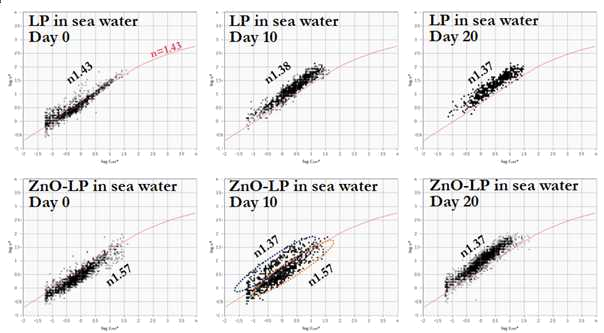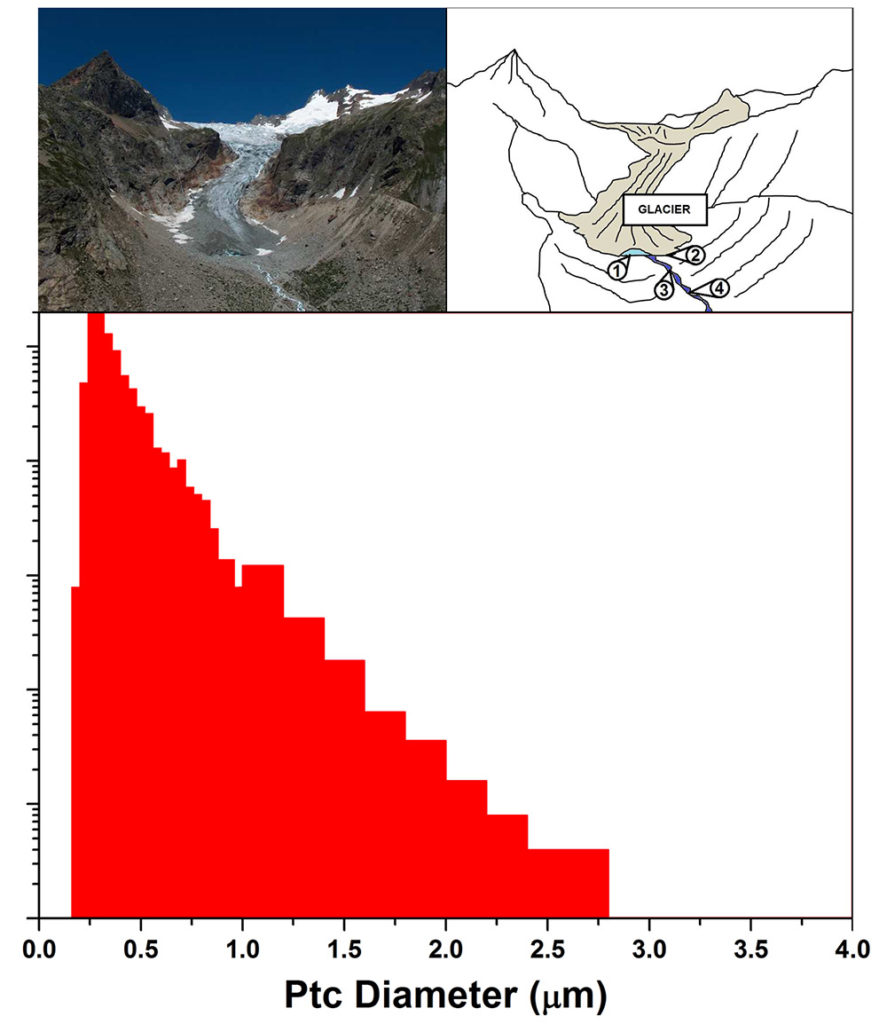Particulate mixes are commonly present in environment. Environmental scientific and eco-/cito-toxicology studies facing nowadays problems of particle characteristics to improve radiative transfer models and short/long-term particle impact on ecosystems. Particulate is classified in three modes namely ultrafine (nucleation and Aitken mode, diameter less than 0.1 μm), fine (mainly accumulation mode, aerodynamic diameter between 0 and 2.5μm) and coarse (aerodynamic diameter between 2.5 and 10μm). Generally, fine and ultrafine particles are formed from high temperature processes such as vehicular exhaust, oil and coal combustion, biomass burning, industrial processes, and chemical reactions in the atmosphere. Coarse particles are generally evolved from attrition processes including mechanical abrasion of crustal material and re-suspension of road and soil dusts, sea spray, volcanic eruptions and brake and tyre wear from vehicles. Morever almost all the products may release particles in environments and adequate characterisation of their impact is mandatory to define particle-particle and particle-medium interaction with complex matrix which can change particle characteristics, as well as their long-term behaviour. The capabilities of Classizer™ ONE and SPES / SPES² patented method provide unique added value time resolved classification of particles suspended in environmental fluids. Thanks to its unique properties, SPES / SPES² investigate, in a deeper way with respect to traditional light scattering technologies, the sample composition as well as other peculiar behaviors in sample aging and degradation, even in target environmental waters.

(in figure) Evolution of LP and lipidic ZnO particles in sea water at three time steps: day 0, day 10, day 20. Red line corresponds to the expected Mie curve for n = 1.43, reported here as a guide to the eye.

